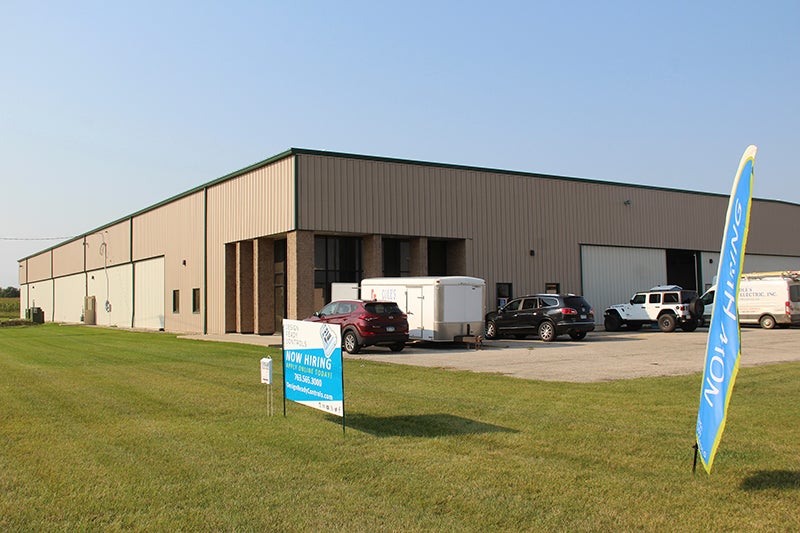Alliant Energy boosts voltage at its downtown substation
Published 10:08 am Monday, August 4, 2014
The construction happening this summer at an Alliant Energy substation south of the Freeborn County Courthouse is the final piece of upgrading voltage in Albert Lea.
The substation presently sends out 4 kilovolts on power lines to homes and businesses. When the work is completed by late this year, it will send out 12.5 kilovolts, said spokesman Justin Foss.
In electrical systems, substations take the high voltage needed to send electricity on transmission lines and converts them for the low voltage needed to run safely on power lines through neighborhoods. Transmission lines carry electricity long distances from power sources such as dams, coal plants, gas plants and wind farms.
Increasing the voltage on power lines running through Albert Lea neighborhoods won’t make them more or less dangerous, Foss said. It is the amperes, or electrical charge, that determines how much shock a power line has. Volts can be said to measure the electrical flow. For instance, the longer an extension cord must reach, the harder time it has in providing the needed electricity because of decreased flow.
Increasing the volts at the downtown substation will allow room for growth of its service area and greater reliability to existing customers, Foss said. The
upgrade will leave room at the lot to double the size of the substation should the need arise. The work began this spring.
The downtown substation presently powers 3,000 customers. Albert Lea also is served by a second Alliant Energy substation to the west, near the West Main Street entrance to the Lake Chapeau neighborhood as well as by the utility Freeborn-Mower Cooperative Services.
In addition to upgrading the substation, the change means Alliant has to switch out transformers and insulators. The power lines remain the same.
He said Alliant has been working to get much of its equipment onto 12.5 kilovolts so that the system is standardized, which makes getting equipment and making repairs easier than having varying voltages in different places.
As electricity expanded rapidly in the 20th century, the voltage of systems in many cities was determined by which equipment was most available, Foss said.





